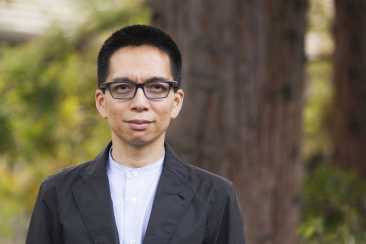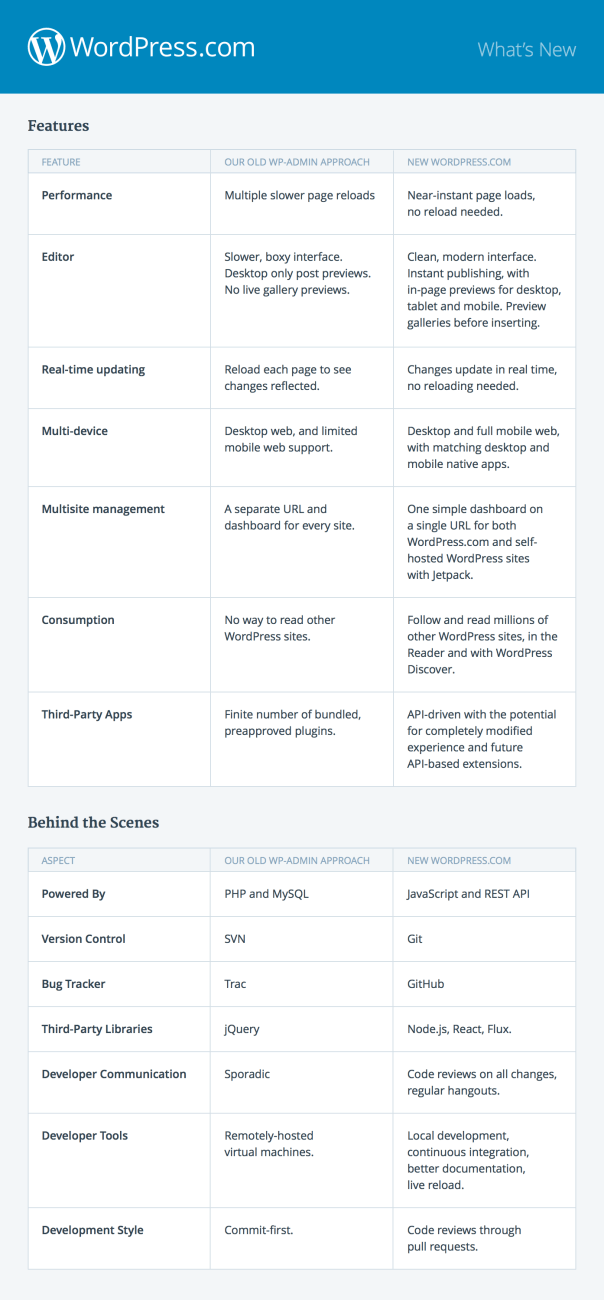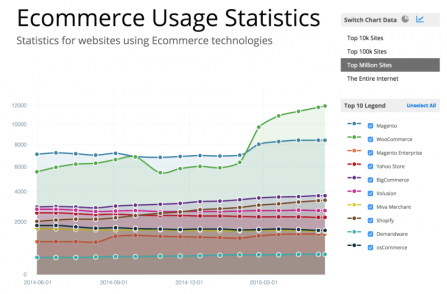Ten years ago the first official Automattician was Donncha O Caoimh, and he had no idea what he was in for. Neither did I, honestly. And it’s been amazing.
I’ll remember the days before I knew everything.
— The Automattic Creed
When you think about it, Donncha was incredibly brave. WordPress had far less than 1% market share. I hadn’t joined Automattic yet — I was still working for CNET, paying Donncha with my salary, savings, and credit cards. He was leaving a Real Job for a Barely a Job; I hardly knew how to wire money to an international account to pay him. I’d just made a giant screw-up (probably my biggest ever), taking money to have spam advertising on WordPress.org, so I wasn’t the most confidence-inspiring leader.
It also seemed like the decks were stacked against us. We were going to try and build an open source business model different from what we had seen before, a hybrid of a downloadable open source project combined with a web service that ran the exact same software. Up to that point companies built on open source projects had usually suffocated the communities that spawned them.
Sign me up, right? But we had one important thing going for us: at our cores, we shared a deep belief that open source could transform any industry it touched and that web publishing needed to be democratized. We’d been hackers-in-arms together coding on WordPress, and knew we could take that and build on it.
I am more motivated by impact than money, and I know that Open Source is one of the most powerful ideas of our generation.
– The Automattic Creed
Within that first year we were joined by Andy, Ryan, Toni, and Mark, and together we began building a business which looks remarkably similar to what Automattic does today. (We’re all still at Automattic, by the way.)
We just want to make the web a better place. We’re proud to contribute to what I consider the best open source project in the world, WordPress. We bring it to as wide an audience as possible through hosting it on WordPress.com, and providing services for the ones we don’t host with tools like Jetpack. Through it all, we have fun and experiment with side projects that have become crucial to the ways we work — P2, Cloudup, Simplenote, and dozens more that we tried, failed, learned something from, and tried again.
Our work is far from finished, and I hope there are hundreds of failures we learn from over the next 20 years. One of the things that makes me happiest is that I get to wake up every morning and work on the hard problem of making the web a better and more open place, and I do it alongside close to 400 talented people at Automattic and thousands in the broader community. For me this is a life’s work. The first decade is merely the first chapter of what I hope to be a very long book, which will eventually tell the story of a movement and a company that are at the core of this crazy thing we call “the web.”
I am in a marathon, not a sprint, and no matter how far away the goal is, the only way to get there is by putting one foot in front of another every day.
— The Automattic Creed
Some find it strange that someone in this day and age would have the same job for a decade. The truth is, it’s not the same job: it’s always evolving. At times it’s been comfortable, at times it’s been extraordinarily challenging. I’ve needed to change how I work. Automattic has changed. The structure of the company is designed to accommodate growth, and we’re constantly experimenting with how we work and relate to one another.
Half the time I feel like we’re making it up as we go along — I’ve never managed a distributed company of 400 people before. But the important things stay the same: the desire for impact and my love for the people I work with. They embody the Automattic creed:
I will never stop learning. I won’t just work on things that are assigned to me. I know there’s no such thing as a status quo. I will build our business sustainably through passionate and loyal customers. I will never pass up an opportunity to help out a colleague, and I’ll remember the days before I knew everything. I am more motivated by impact than money, and I know that Open Source is one of the most powerful ideas of our generation. I will communicate as much as possible, because it’s the oxygen of a distributed company. I am in a marathon, not a sprint, and no matter how far away the goal is, the only way to get there is by putting one foot in front of another every day. Given time, there is no problem that’s insurmountable.
Thank you, Donncha, for believing in me all those years ago and pioneering the way for a company that would come to impact a lot of the world. Thank you Andy, Ryan, Toni, and Mark. Thank you to every Automattician that’s made the same leap. We’re building something that gives people all over the world a voice and that people can trust to be thriving a century from now, and that’s huge.
There’s a lot more to do, and I can’t wait to see what a “20 Years of Automattic” post says. I’m a lucky guy.
Update: Donncha has a post talking about starting at Automattic.





